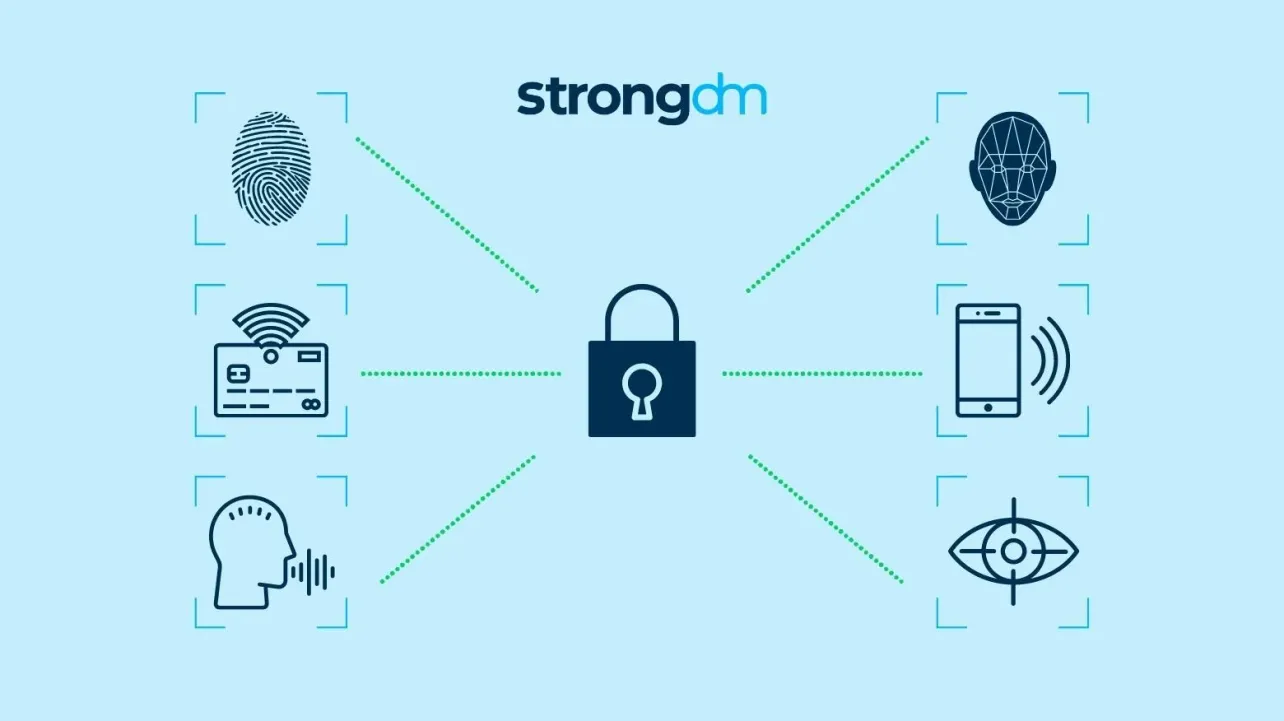From unlocking smartphones with a glance to tapping on biometric sensors instead of typing elaborate passcodes, modern life is steadily inching toward a world without traditional passwords. Technology giants have championed this shift, pointing out that stolen credentials remain the dominant cause of data breaches worldwide. For many security specialists, the promise of passwordless authentication—a model where users prove their identity via tokens, face scans, or cryptographic keys rather than memorizing characters—represents a giant leap forward in safeguarding digital services. Yet achieving this goal involves more than upgrading login forms: it requires robust infrastructure, new protocols, and a cultural change in how people perceive identity verification.
Authentication challenges have plagued organizations for decades. Traditional passwords not only burden users—leading to insecure practices like writing them on sticky notes or recycling them across multiple platforms—but also invite attackers to utilize brute force techniques, phishing scams, and keylogging malware. A 2024 study by the FIDO Alliance (Fast IDentity Online) found that around 80% of hacking-related breaches leveraged stolen or weak credentials. These sobering statistics underscore why there is so much momentum behind passwordless approaches. By eliminating the guessable credential from the equation, defenders can close off a massive gateway for intruders seeking to infiltrate corporate networks and personal accounts.
At the heart of passwordless authentication lies the concept of public key cryptography. Instead of storing a static secret like a password on a remote server, the user device generates a key pair (public and private). The public key is shared, while the private key never leaves the device. When a user attempts to sign in, the service sends a challenge that only the private key can answer, proving the user’s authenticity without revealing any secret. This mechanism not only mitigates the risk of stolen credentials but also complicates phishing attempts, since scammers cannot replicate a user’s private key if it’s stored securely on a hardware token or encrypted enclave.
Biometric methods—such as fingerprint scans, facial recognition, or voiceprints—often serve as the front-facing component of passwordless strategies. With a quick tap or glance, the user confirms their presence, and the device then handles the cryptographic exchange in the background. This synergy of biometrics and cryptography can be extremely convenient, but it also raises questions about false positives, sensor spoofing, and how to handle biometric data at rest. Advocates say that well-designed systems store only a template or hashed representation of the biometric, minimizing the damage if a device is lost or compromised. Critics, however, note that unlike a password, biometrics cannot be changed if stolen—a face or fingerprint is not a rotating code.
Other approaches revolve around hardware-based security keys, typically USB or NFC devices. The user inserts or taps the key during login, and the key confirms the cryptographic challenge. Tech giants like Google have deployed these tokens extensively among employees, dramatically reducing successful phishing incidents. Even small and medium-sized businesses increasingly adopt hardware keys for executives and finance staff, who are prime targets for social engineering. However, these tokens must be carefully managed—losing or misplacing them can disrupt workflow, and organizations must plan how to handle replacements and backup options for traveling or remote workers.
Cloud providers have also joined the fray, offering passwordless sign-in solutions integrated into email, collaboration tools, or single sign-on (SSO) portals. Microsoft, for example, has introduced “Windows Hello for Business” to unify biometric logins with enterprise accounts. Meanwhile, Apple’s ecosystem leverages Touch ID and Face ID to authenticate purchases and iCloud sessions. These vendors share a vision of a more seamless user experience—one that alleviates the frustration of resetting forgotten passcodes or juggling a hodgepodge of credentials. However, for widely distributed teams or multi-vendor environments, standardization remains a challenge. Some employees may rely heavily on iOS devices, others on Windows laptops, and still others on proprietary in-house systems. Harmonizing these disparate tools under a single passwordless approach can be daunting.
Despite these hurdles, the movement toward passwordless isn’t simply a passing fad. Regulatory bodies and industry standards are beginning to support the shift. The National Institute of Standards and Technology (NIST) has released guidelines hinting at the efficacy of multi-factor methods that don’t rely on conventional passwords. Insurance firms, too, are pushing for advanced authentication as a condition for cyber insurance coverage. For instance, some insurers ask whether a client has deployed hardware tokens or biometrics for privileged user accounts—if not, premiums can be significantly higher. As accountability spreads from compliance audits to underwriting processes, corporations face both carrot and stick: they stand to reduce insurance costs and regulatory scrutiny by embracing passwordless solutions.
One overlooked aspect of passwordless adoption is the organizational change management required. Employees need to understand how new authentication flows work, especially if they’re used to memorizing passphrases. There might be confusion over what happens when a device is stolen or if a user’s face changes significantly—due to injury or a medical condition—requiring a new biometric enrollment. Proper user training, documented fallback options, and help desk support are all crucial to prevent disruptions or pushback. Without these supporting measures, staff members might revert to insecure habits, like using the same hardware token for both corporate and personal services or refusing to set up multiple recovery methods.
From a technical perspective, network administrators must handle the complexities of rolling out passwordless at scale. Legacy systems that rely on password-based protocols may need to be updated or replaced entirely. For instance, older VPN clients or custom business applications might not readily integrate with modern authentication frameworks. Similarly, the abundance of third-party SaaS platforms requires each to accept token- or biometric-based logins, which is more feasible now than it was a few years ago but still not universal. A phased approach—starting with critical or heavily targeted accounts and gradually expanding—often proves more successful than an overnight switchover. Key performance indicators might include reduced help desk calls about lockouts and improved user satisfaction with the sign-in process.
Skeptics point out that no single method can address every contingency. If biometric data is misused, one’s physical traits can’t simply be rotated. And if a user loses a security key while traveling, they can’t easily authenticate. But these problems, advocates argue, mirror those of the current system in some ways—a lost phone or stolen password can be equally disruptive. In many scenarios, the user is better off with a protected cryptographic key that can’t be guessed, rather than a memorized password that can be brute-forced, phished, or leaked. Addressing edge cases relies on backup methods like recovery codes, delegated access, or secondary devices, ensuring that passwordless doesn’t mean “locked out forever” if complications arise.
Looking ahead, further developments in contextual authentication may supercharge the passwordless movement. This concept goes beyond a single biometric check, analyzing a user’s environment, device posture, and historical usage patterns in real time. If all signals align—e.g., the person is on a known device at their usual location, performing typical tasks—friction remains minimal. But if the system detects anomalies, it may prompt an additional factor or require manager approval. Incorporating artificial intelligence in this process can help spot suspicious sessions more dynamically, minimizing the chance that a stolen device or a coerced user can slip through. Ultimately, passwordless stands to become one piece of a broader puzzle that merges zero trust networking, advanced behavioral analytics, and user-friendly biometrics into a cohesive security fabric.
With major technology players, regulatory bodies, and corporate leaders converging on the notion that passwords are increasingly outdated, the direction of the authentication landscape seems clear. While challenges—both technical and cultural—persist, incremental progress is already noticeable in daily tasks. Many users routinely unlock phones with a fingerprint or face scan, verify web logins via push notifications, or rely on hardware keys for especially sensitive systems. As these practices expand across more applications, the user experience will continue to simplify, while the security posture against brute force attacks, credential stuffing, and phishing attempts strengthens. In this emerging era, the question isn’t if passwordless methods will dominate, but how soon and how thoroughly they will transform the way we prove our digital identities.


